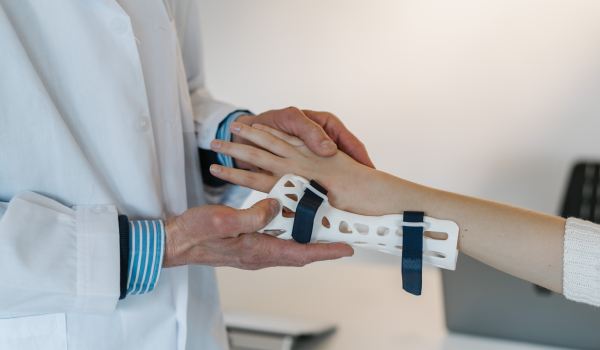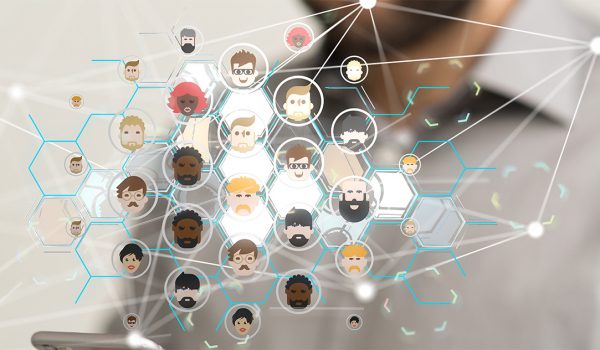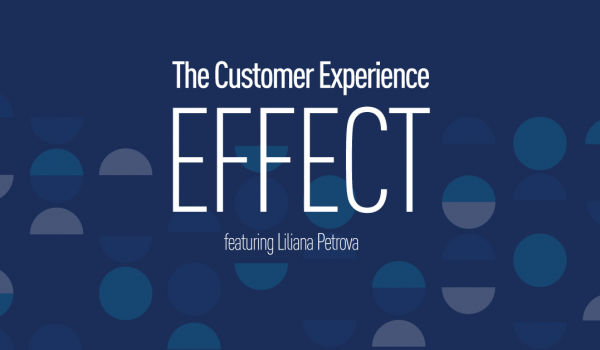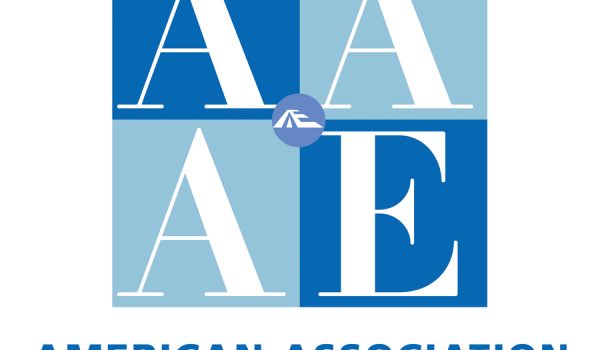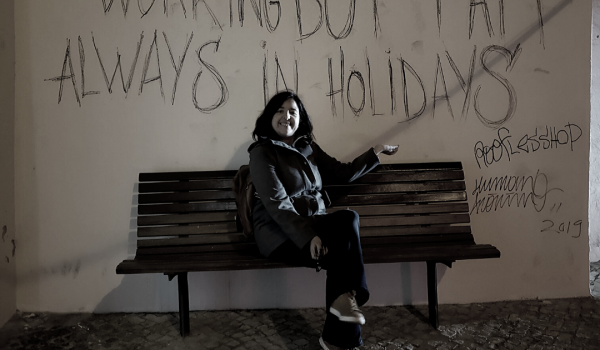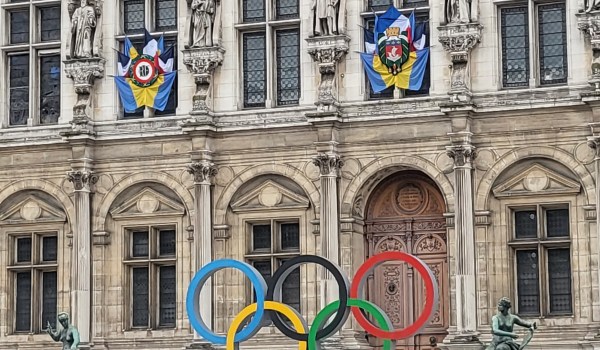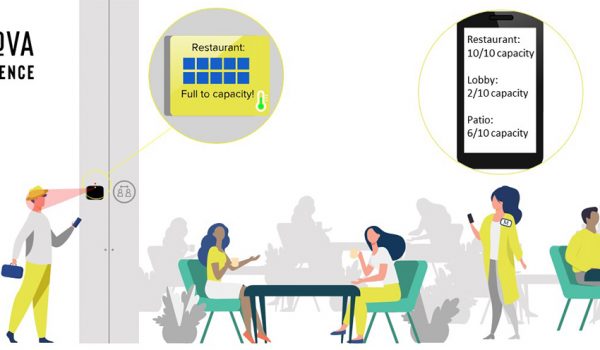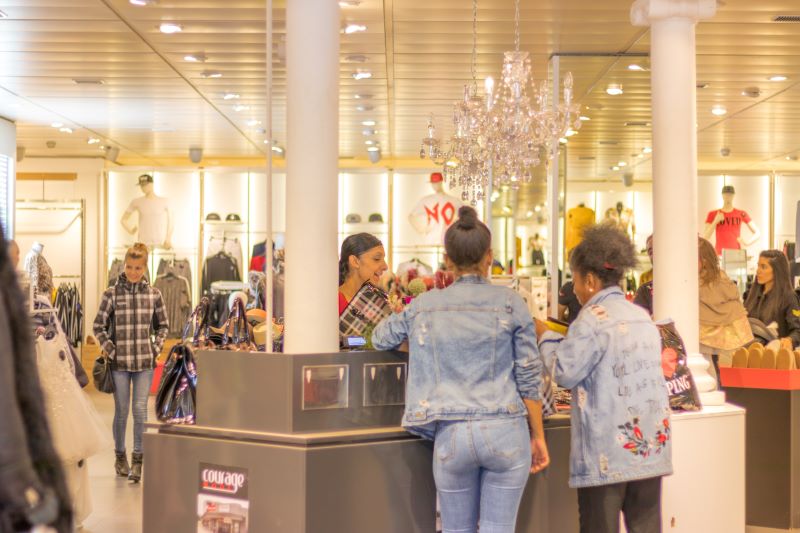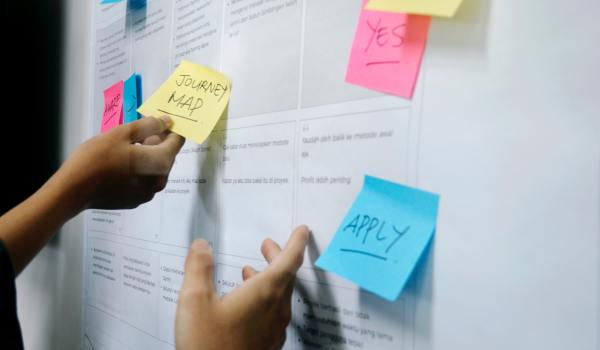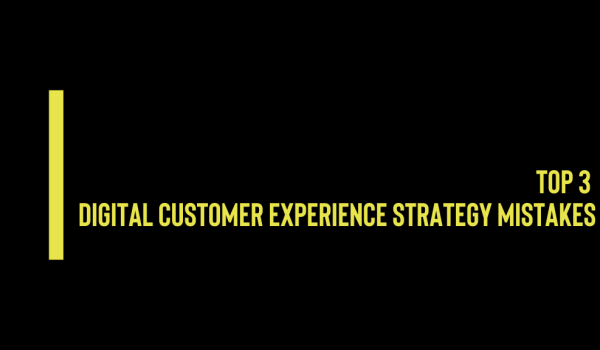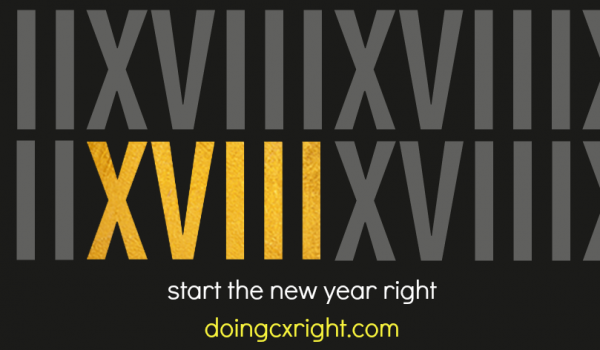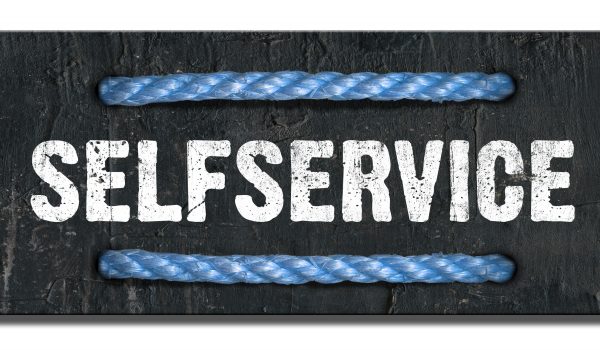
Why CX Design Needs to be in Your Transportation Project RFP
Ever heard this line while working on an RFP? “I know your value, but I don’t know where to put you.” We hear it all the time. Why? Because, historically, customer experience design has been looked at as the last step, nice-to-have for transportation design-build projects. It’s not too hard to understand why. You cannot see and touch passenger experience the same way you can an elevator, a platform, or a bridge. The problem is, without customer insights input, you can’t design the passenger experience your travelers need. You can’t put the elevator in the optimal place for daily commuters and riders with special needs. And you will never understand why you get more complaints about one platform than any other touchpoint in your system. You can’t hold customer experience the way you can hold a light fixture. But you also can’t hold onto your passengers without it.
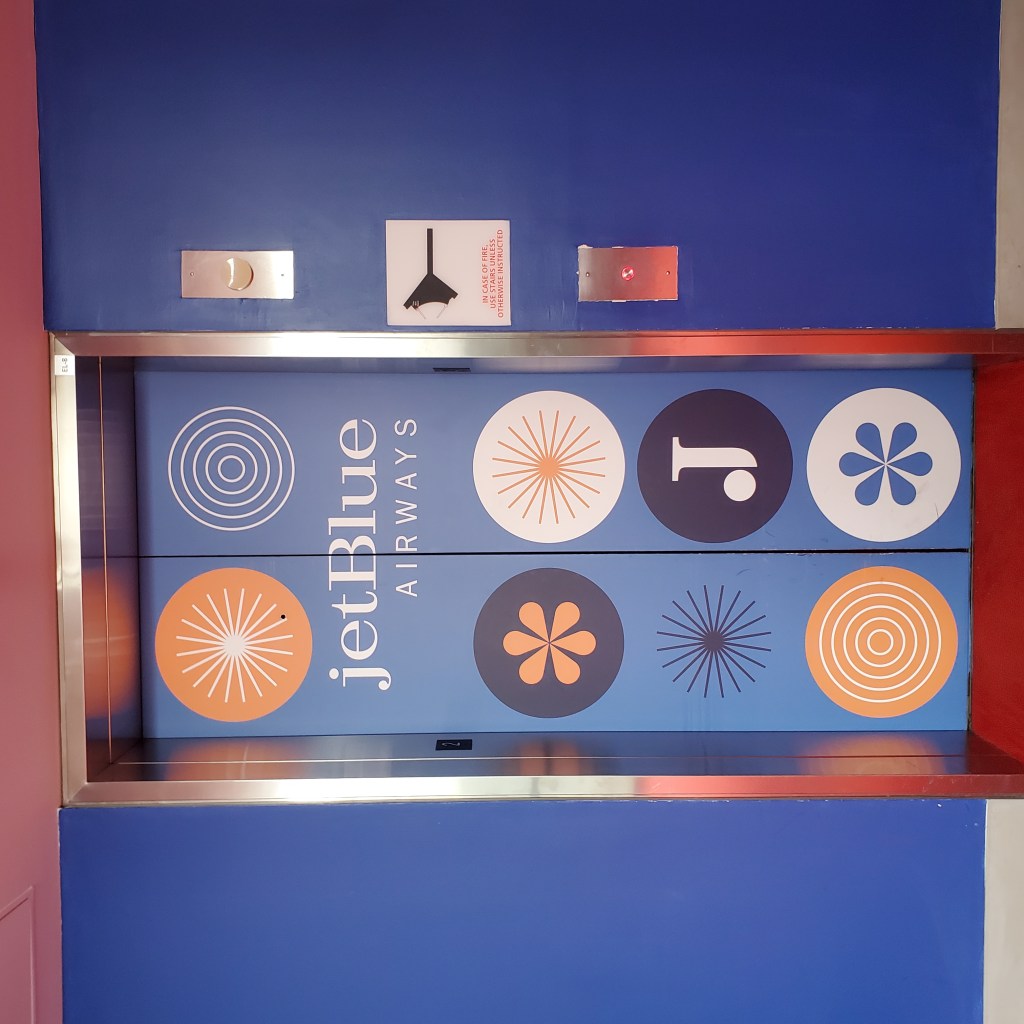
And that is why Customer Experience needs to be in your RFP. Customer experience design is the thread that runs through architects, interior designers, and furniture designers. CX insights inform the design principles – the decisions that go into making a space that serves hundreds of thousands of customers with a diverse range of needs and abilities. Good customer experience design creates a recognizable, desirable sense of place. It fuels world-class experiences. And it provides added value to customers and the employees who serve them. But CX can only have that level of impact when it is involved in projects from their inception.
Customer Experience Breaks through Siloes
The transportation design focus is on the design of the physical space. As it should be. The problem is, physical space designs are too often constructed in a vacuum, without comprehensive knowledge of (or consideration for) the end-to-end customer journey of the passengers who go through the space. When customer experience design is an add-on after the build, countless opportunities to know and serve the passenger are missed. The cost for failing to factor in the customer in the design-build phase can be exponential (both real and opportunity costs).
Many professionals across sectors bring their unique perspectives and skills to transportation projects. The role of customer experience design is to bring together architects, engineers, urban planners, industrial engineers, wayfinding experts, lighting and acoustic engineers, and other experts to connect their own piece of a project with the non linear, time-bound passenger experience. The role of the customer experience expert is to is get those players to look at the entirety of the project outside of their areas of responsibility (and their areas of expertise). When this happens, CX Design meets, and has the potential to exceed, customer needs and expectations.
What Insights Does CX Bring to Transportation Projects?
In addition to the practical complexities of large-scale transportation projects, there is the added complexity of so many people moving through a given space at a given time. It is difficult to pin down who those people are, what they need, and what they want. Getting to know who the customer is, and what that customer needs in order to get from one point of their journey to the next, is a must.
So, on the most basic level, we ask, who is the customer (or, passenger) in the transportation context? The passenger is the individual who moves through the space. Customer experience experts like us bring the passenger in motion, along with that passenger’s needs, into consideration across all touchpoints of the journey. We also look at the touchpoints before and after the passenger entered the transportation flow. Let’s say we are working on a regional rail project that connects passengers from the city to the airport. We bring to light the needs of that traveler to know if the airport air train is in operation. Or where the waiting spot for taxis is on the street. This analysis empowers design decision-making based on the end-to-end flow of the customer. Our work brings in the context of customer experience from the previous stage of the passenger’s journey, through the current stage of the journey, and on to subsequent touchpoints.
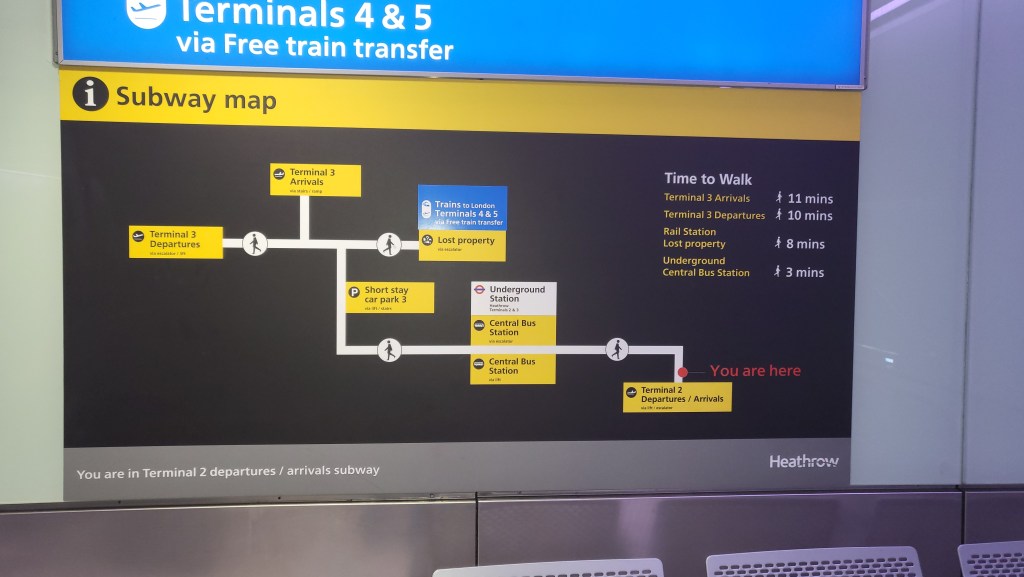
We deploy a variety of methods to determine who the passengers are within this context and what their intent is, in order to understand (and ultimately deliver) what they need. Our design tools include customer experience research, persona development, journey mapping, CX strategy, and, ultimately, the development of customer experience design principles.
Customer Experience Design Principles Unify Disciplines
Customer experience design principles guide the design and implementation of successful transportation projects that the public loves. Our design principles are the secret sauce for the world-class passenger experience every transportation RFP calls for. Achieving world-class passenger experience requires committing to a shared goal. As customer experience experts, we facilitate sessions to co-create that shared goal with the many stakeholders of big projects.
For these large-scale projects with multiple players (transportation authorities, developers, engineers, architects, interior designers), customer experience design principles focus all the players on a shared design vision. To create and sustain customer-centric, world-class passenger experiences in transportation spaces, RFPs need the customer experience team to serve as the coordinator that makes the proper connections across team members and elevates the value created by the overall team.
Why Include CX in Your RFP?
Ultimately, calling for customer experience in your RFP signals that the experience of the customer is central to project design and objectives. It ensures the voice of the customer is heard at critical phases of project design and development. By inserting well-researched, documented customer needs earlier in the process, complex transportation projects are empowered to solve those needs at the functional level, day in and day out.
Including CX in the RFP phase of the project empowers all disciplines involved in the project to build better, smarter, more customer-centric transportation customer experiences. Adding in customer experience after project completion does not. In fact, having CX in the RFP makes it possible to design and build for the future, in the face of changing technologies and evolving customer expectations. It is a classic case of investing early to save money in the long run, while delivering something better.
The Importance of Research and Measurement
The case for including CX in transportation RFPs is clear. But the quality of that RFP, particularly the CX component, is also important. Vague calls for “world-class” experiences are not enough to drive the decisions and funding choices necessary to improve transportation experiences in new and existing spaces. Rather, there must be a more granular, informed, and specific set of requirements driven by customer experience knowledge baked into the RFP. With that, customer experience experts have the latitude they need to do what they do best.
This includes extensive customer experience research to identify and understand the scope and breadth of the passenger experience RFP elements and measure of success. It also includes RFP CX measurement goals.
Like the demands on transportation projects, the scope of customer experience in this environment is broad. Exceptional experiences demand exceptional customer experience strategy, design, implementation, and measurement. Certainly, that deserves a line on your request for a proposal.
The Petrova Experience offers Customer Experience Design services to infrastructure projects in the Transportation, Healthcare, Education and Entertainment industries. Contact us if you are ready to elevate your RFPs public outcomes!







